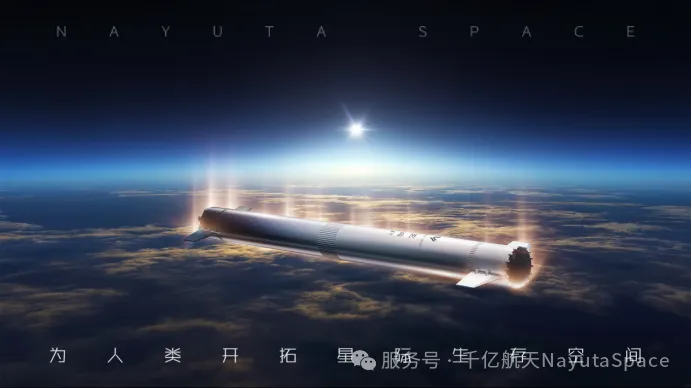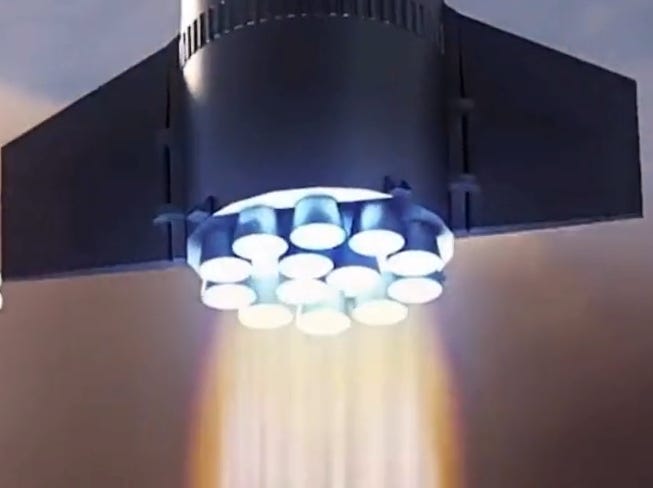Nayuta Space Ditches Tower Recovery for Bellyflop Touchdowns
“We are doing what others consider impossible”
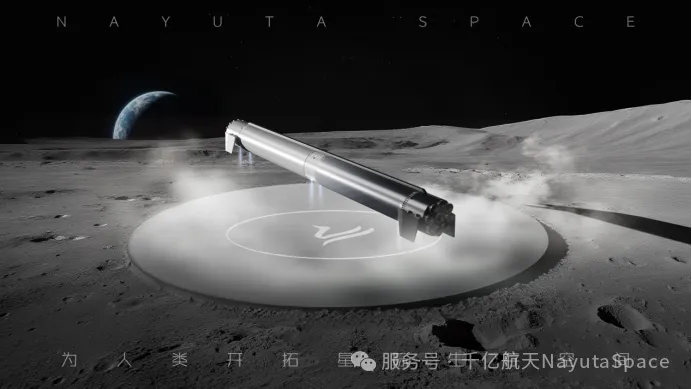
Space startup Nayuta Space (千亿航天) announced through its WeChat today1, August 22nd, that its launch vehicle Xuanniao-R (玄鸟-R), known as Black Bird-R in English, is undergoing a critical pivot for its first-stage recovery.
According to the company, and a render released shortly after2, Black Bird-R’s first-stage boosters will descend into and through the atmosphere while being guided by its four aerodynamic surfaces before, at the last moments, one of its engines ignites to cancel most of its vertical and horizontal velocity. After which its four surfaces will pivot downwards while six small thrusters ignite the bring the first-stage to a soft touchdown, bellyflopping its first-stage.
Nayuta Space has dubbed this recovery approach Aerodynamic Deceleration, Horizontal Landing (ADHL). Reasoning for the switch states that atmospheric drag performs the bulk of deceleration work and allows for an extended glide phase to further shed velocity, saving propellant as a benefit.
Previously, the company was planning to catch its boosters with a recovery tower, like SpaceX and Cosmoleap, after descent back through the atmosphere. The rocket was already more unconventional than its tower caught counterparts, utilizing Starship-like flaps to guide a falling booster rather than grid-fins, as well as a near whole-of-booster approach to reentry heat resistance, instead of being focused on the engine section and other recovery hardware.
Like tower catch plans, an engine burn, now with three center engines instead of one, very late during recovery remains to optimize propellant usage. A high level of risk is associated with that late burn, as any issues with ignition or control systems occurring during the final flight moments could be catastrophic (Starship demonstrates) for the first-stage booster and its recovery site3.
The six small thrusters for final touchdown also introduce extra challenges, technical and financial, as a smaller, high-reliability propulsion system needs to be developed alongside the main engines. Their placement at the top, middle, and bottom of the booster brings about complex plumbing issues as well unless dedicated landing tanks are used for each set of two. Furthermore, the loss of a single engine could result in a booster landing hard.
Despite the potential technical hurdles, the possible operational benefits are compelling. Successful implementation of ADHL could dramatically reduce recovery fuel requirements while extending main engine service life through reduced ignition cycles. The horizontal landing approach also eliminates dependency on specialized recovery hardware or precise tower catch arm positioning.
In the ADHL announcement, Nayuta Space additionally took time to mention the credentials of their leadership team, pointing out the chief designer's background in fighter aircraft development at Shenyang Aircraft Corporation, hypersonic vehicle programs at Space Transportation4, and reusable rocket work at LandSpace on the Zhuque series. Other members of the team include deputies educated at China’s leading universities like Beihang, Zhejiang, and Tsinghua, with almost two decades in hypersonic attitude control, wind tunnel testing expertise, and commercial space experience.
Back in May, Nayuta Space says they brought Black Bird-R through an overall design and recovery review, with employees and national space experts participating. At that review, Wang Shilei (王石磊), Project Technical Director, noted:
“This scheme absolutely achieves leading international levels in reusable rocket technology. Its aerodynamic recovery design concept compresses rocket launch costs to new industry lows, providing an epoch-making solution for China's reusable rocket technology development.”
Meanwhile, the company’s Chief Executive Officer, Li Rui (李锐), added:
“We are doing what others consider impossible,” — “This scheme is about to enter the detailed design phase, with first flight verification expected to be completed by the end of 2026. We will maintain our technological leadership advantage with innovative speeds of monthly iterative upgrades.”
If there are any problems with these translations please reach out and correct me.
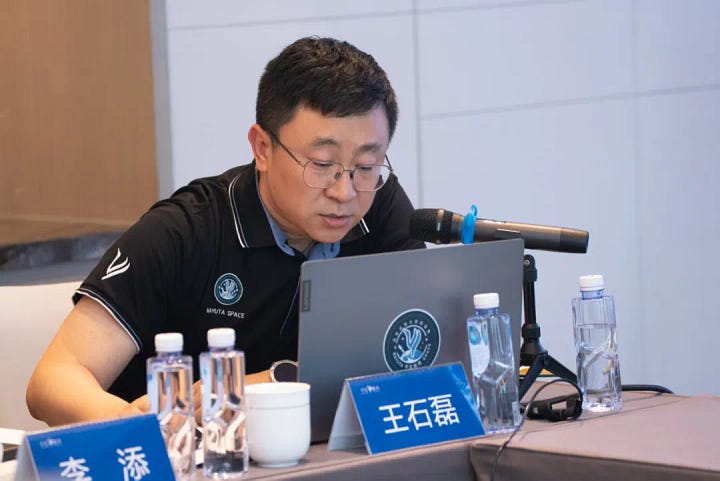
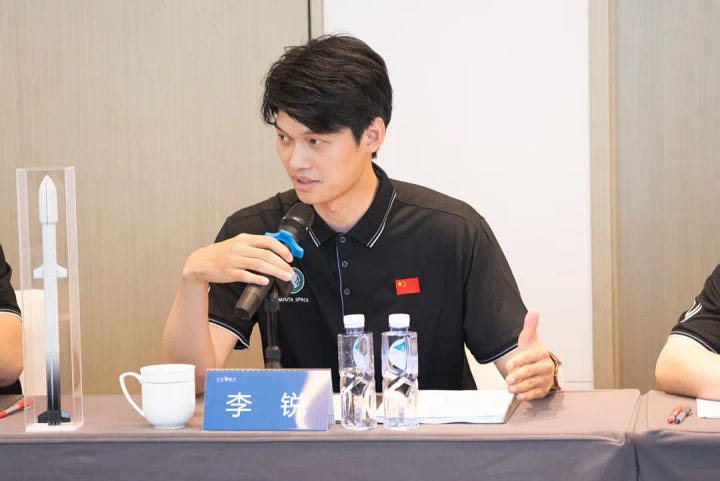
The Black Bird-R launch vehicle is planned to be 70 meters tall, 3.8 meters in diameter, utilizing a 5.2-meter diameter fairing, massing 480,000 kilograms fully fuelled, and burning liquid methane and liquid oxygen in two stages. The reusable first-stage is planned to be powered by thirteen engines5, generating a said 70 tons of thrust each, while the second-stage has one vacuum-optimized engine, generating about 80 tons of thrust.
At the start of the year, Nayuta Space completed a Pre-A series funding round, raising an undisclosed tens of millions of Yuan6 from various investors. That funding is expected to have expanded the company’s headcount and fuelled rocket development.
The change was ‘teased’ in a callout for employee applications in June.
Only accessible in WeChat’s mobile app at the time of writing.
This is similarly part of the risk-reward equation with Starship’s Super Heavy booster having three engines running for the last moments of its catch.
Working on supersonic aircraft and point-to-point cargo and crew vehicles.
Possibly 30 million Yuan (about 4.186 million United States Dollars), but that may be pre-funding capital. As of August 22nd, 10 million Yuan is approximately 1.393 million United States Dollars.



